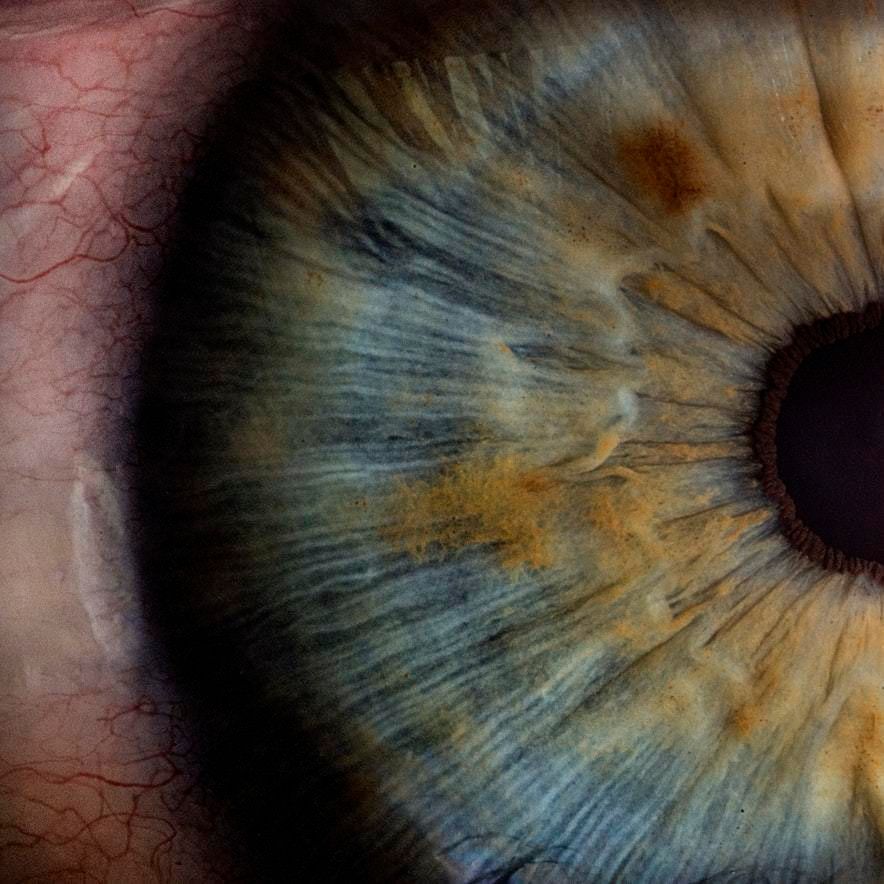Article
Data Supports Fluocinolone Acetonide Micro Implant Efficacy for Chronic DME
Author(s):
Up to 77% of patients maintained or improved best-corrected visual acuity at 12 month post-injection.

Findings from an observational prospective study affirmed the efficacy of intravitreal 0.19 mg fluocinolone acetonide (FAc) micro implant in patients with chronic diabetic macular edema (DME).
The investigative team, led by Elena Pacella, MD, of the Sapienza University of Rome, recruited affected individuals whose condition had resisted previous treatment. The overall goal of the study was to evaluate the implant’s safety and efficacy for this patient population.
“Aside from optimal glycemic control, patients with diabetic macular edema are treated with intravitreal injections with either anti-VEGF or steroids,” the team noted. “Macular edema is often a recurring problem, therefore multiple injections are needed.”
These findings were presented in a poster session at the annual Association for Research in Vision and Ophthalmology (ARVO) Virtual Meeting.
Patients included in the study had chronic DME for at 2 years as evidenced by CT imaging, pseudophakia, previous treatments with laser photocoagulation, and intravitreal injections of anti-VEGF and/or dexamethasone. Pacella and team excluded anyone with phakia, ocular hypertension, glaucoma, previous vitrectomy.
The main outcomes that were measured were best-corrected visual acuity (BVCA), intraocular pressure (IOP), and central macular thickness (CMT). These measurements were recorded at months 1, 3, 6, and 12 following injection. The team then compared the data with the Friedman test.
Thus, a total of 18 eyes were assessed — the median duration for chronic DME was 45 months, with a range of 25-118 months.
During the course of the study, 77% of patients maintained or improved their BVCA. Even more, 17% of the overall population experienced improvements in ≥15 ETDRS letters at month 3; 33% experienced improvements at month 12.
Pacella’s team also reported that that 17% of patients showed an MT <250 microns at month 3, while 28% showed similar improvements at month 12. The median change in CMT thickness was -370 microns at month 3 and -373.5 microns at month 12 (P<.025).
Further, changes in median IOP at the 3- and 12-month benchmarks were not considered statistically significant.
And finally, the team reported that ocular hypertension was detected in 2 eyes within 1-week post-injection.
“[FAc micro implant] can be an attractive therapeutic option for patients with recurrent and refractory diabetic edema that require multiple injections over several years," they noted.
In 2014, the US Food and Drug Administration (FDA) approved the micro implant (Iluvian) for patients with diabetic macular edema who have received previous treatment, such as with a corticosteroid treatment course.
The approval was based on findings that showed that a single injection led to an improvement in BCVA at month 24 in 28.7% of treated patients. This improvement was maintained through week 36.
The study, “Efficacy and safety of intravitreal Fluocinolone Acetonide micro implant (ILUVIEN®) in patients with chronic diabetic macular edema: one-year follow-up,” was presented at ARVO 2021.




